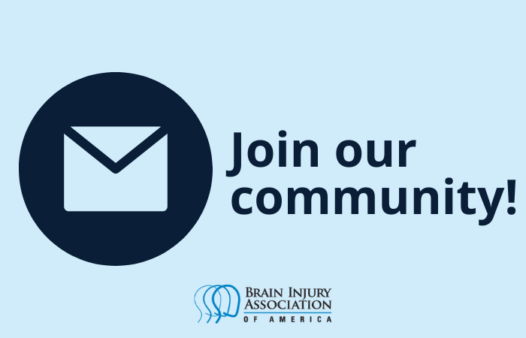BIAA Telerehabilitation Survey: Preliminary Results
Categories: Professionals
In response to the outbreak of COVID-19, brain injury rehabilitation programs were faced with a dilemma: how to deliver medical services and rehabilitative therapies while simultaneously keeping patients safe from exposure to the virus. Many programs opted to deliver medical/nursing treatment and therapies via telehealth technology. The Brain Injury Association of America (BIAA) surveyed more than 400 providers across the country to learn about their experiences with the technology.
Telehealth Technology Platform: Zoom was the preferred technology platform for 56% of respondents; DoxyMe was the second most preferred platform. All respondents used audio and video features in the delivery of therapies versus voice alone. Unfortunately, approximately 61% of respondents reported some difficulty with technology, primarily due to internet instability.
Interventions Reliably Delivered: Essentially, all treatment interventions that did not require a significant “hands-on” component were easily and reliably delivered via telehealth technology. These interventions included: counseling/psychotherapy (psychoeducation, stress management, relaxation training), speech/language therapy/cognitive rehabilitation (aphasia therapy, dysarthria treatment/articulation training, problem-solving, attention training), occupational therapy (upper extremity gross and fine motor exercises, visual scanning, self-care skills training, instrumental ADL’s), physical therapy (balance, endurance, strength/flexibility, home exercise programs), education therapy (SRA reading, mathematics exercises, goal setting), nursing (managing co-morbidities, nutritional counseling, medication management) and case management. Some providers provided vocational services via technology (vocational evaluations, resume development, job leads, etc.). This platform was also excellent for family training and education.
Objective Data Collection: More than 81% of respondents reported reliable collection of objective clinical data. Data was used to gauge and report patient progress. Clinical data collected included: sets, repetitions, duration, distance, speed and accuracy, and resistance data. Additionally, functional data/observations (i.e., folding clothes, bending, lifting, squatting, stooping, manipulating fasteners, etc.) were also documented. Discipline-specific data are displayed in Table 1.
Normed outcome measures (i.e., Mayo-Portland Adaptability Inventory-4, Disability Rating Scale, etc.) were also administered at admission and discharge.
According to survey responses, over 76% reported patient progress using the telehealth platform was equal to, or in some cases superior to, progress in the clinic.
Patients that Appear to Benefit Most from Telehealth: Survey responses indicated that patients that are relatively higher functioning (i.e., Rancho level 5 or greater, are able to follow multistep commands, and intact vision and hearing) have good support in the home or residence, are comfortable with technology, demonstrate good motivation and participation, and appear to benefit most from telehealth. Patients with milder forms of vestibular dysfunction, visual difficulties, and aphasia also benefited from therapies delivered via Telehealth.
Limitations: Limitations with telehealth included difficulty administering some formal evaluations and clinical assessments, delivering specific interventions that require a “hands-on” approach (i.e., transfer training, passive and active ROM, etc.), some aspects of dysphagia treatment, and some aspects of behavioral management, again when a “hands-on” approach is required (i.e., graduated guidance).
Recommended Use of Telehealth Going Forward: Survey results indicated that 98% of respondents plan to continue use of telehealth in the future, assuming it is reimbursable. Some reported uses of telehealth going forward include: as a compliment to in-clinic therapies; when travel to the clinic for therapy is not possible (for various reasons); for home evaluations and family education and training; for certain clinical interventions (i.e., cognitive rehabilitation, education therapy, counseling, Occupational therapy); and for patients for whom this treatment platform is appropriate (i.e., patients that appear to benefit most).

